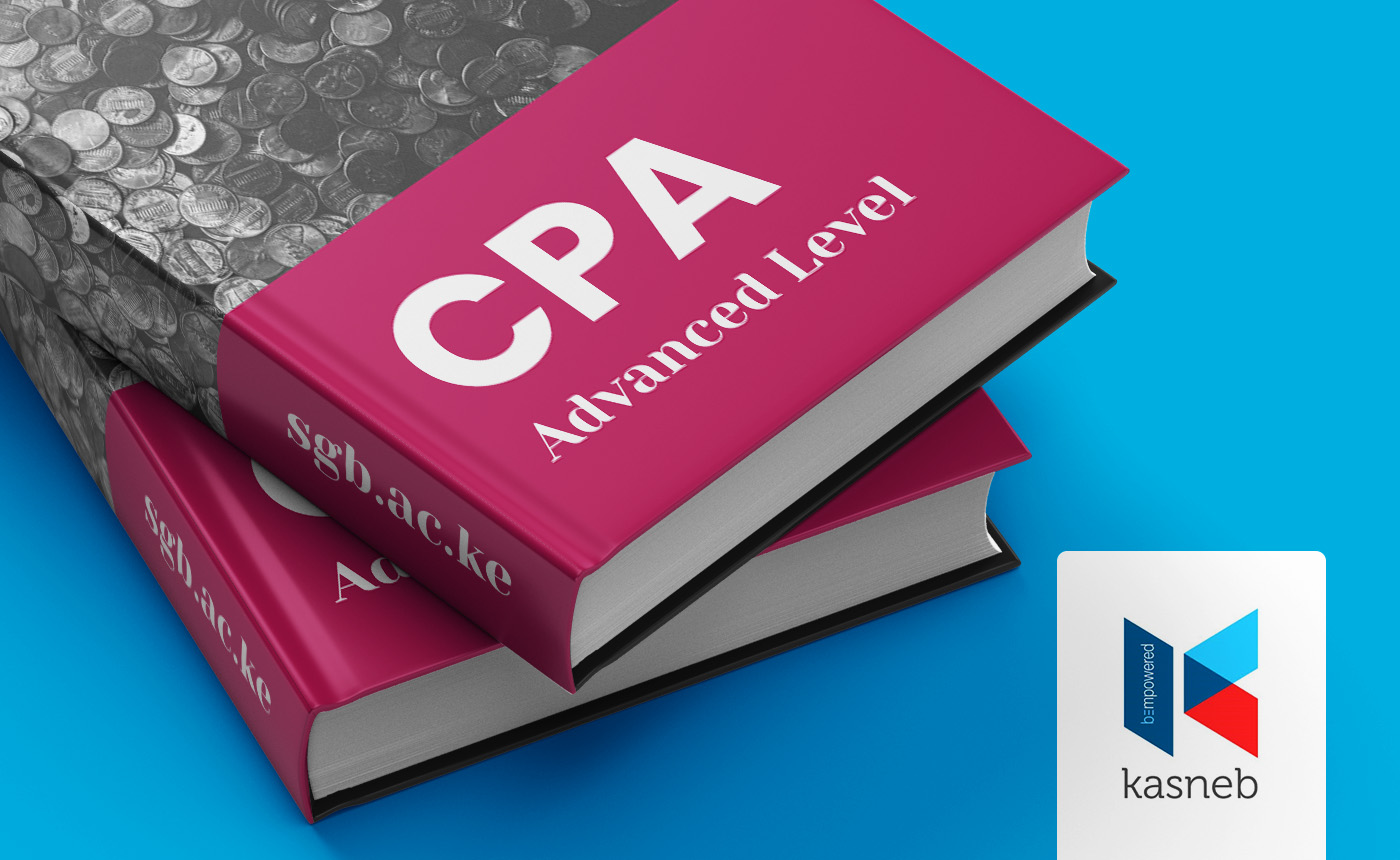Phone: +254 700 524589 | +254 782 524589 Email: [email protected]

About Course
The Professional courses are administered at Foundation, Intermediate and Advanced Levels. Each level requires an average of one year, though candidates are advised to provide for an additional one year to meet requirements for internship/ practical experience.
A student must book for a minimum of three papers in a level in any order unless is exempted or has credits.
Prior to certification, candidates will be required to:
- Attend workshops on ethics, soft skills and emerging issues organised by kasneb and ICPAK and earn IPD hours.
- Obtain 1-Year practical experience, or alternatively attend workshops on work based simulation organised by kasneb and ICPAK.
This course is aimed at persons who wish to qualify and work or practice as professional accountants, auditors, finance managers, tax managers and consultants in related areas in both public and private sectors.
Course Content
overview
-
Draft Lesson
1. Strategic management accounting information
2. Cost estimation and interpretation
3. Planning and decision making techniques
4. Pricing decisions
5. Strategic performance measurement
6. Inventory control decisions
7. Budgetary control techniques
8. Environmental management accounting
PAST PAPERS
Student Ratings & Reviews

No Review Yet
